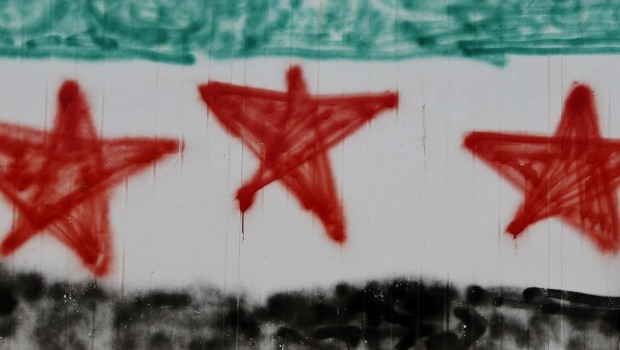It was almost exactly three years ago. The cats of Damascus were as soaked by rain as the streets they tip-toed through.
On February 4, 2011, the Shuam, the Damascenes, from the neighborhoods of Abu Roumanneh, Mezzeh, Baramkeh and the Old City went about their usual Friday ritual of visits to extended family. Inside the walls of their homes, conversations volleyed from commentary on events in Cairo, where Hosni Mubarak would soon be overthrown, to the impossibility of something similar taking root in Syria.
In the months before, the country’s cities were oases of promise and even opulence. Hyundai and Kia SUVs rolled off the dealership lots on the Homs highway. Nabil, the manager at Qasabji, a writers’ drinking haunt in Damascus, wouldn’t entertain you on a Thursday night after 9:00 pm unless you had a reservation. As for upscale restaurants like Naranj in Damascus’ Old City or Gemini in Sha’alan, without a reservation made weeks in advance you could forget dinner out at the weekend.
Most Damascenes, however, spent Thursday evenings at the fast food shops in the basement of Cham City Center mall, or laid out picnic-style on the green spaces that surrounded highway bypasses at the city’s edges. But a menace loomed—a four-decade-old menace.
If nothing changed that wet Friday in February, maybe everything changed, too. That afternoon, I hunkered down at a cafe close to the Syrian parliament, where protests were planned to take place. At about 1:00 pm I went out, ostensibly to buy cigarettes, for a walk around the city center. There were no protestors, no one on the streets save the odd mukhabaraat (secret police) officer standing within eyeshot of the parliament building. Anyone leaving local mosques fled the rain for home.
At about 3:00 pm I boarded the green public bus (later deployed by the regime to ferry security agents to quell protests in the suburbs) to the Christian quarter of Bab Touma. The bus route would take me through Merjeh Square—the other supposed gathering point for protests that day. There were men on the roofs of buildings, watching movements around the square, but beneath all was quiet.
For me, the journalist, the day had been an unqualified disaster. The Syrian “Day of Rage” turned out to be a bit of a damp squib. The Syrian revolution was never deader than on the night of February 4, and maybe it was this non-event that made the Syrian regime feel invincible.
And then the countryside, along with Syria’s regional cities, erupted in one of the most courageous displays of humanity seen anywhere in the world for decades.
It’s easy to forget today, in the midst of news coverage about Geneva II and the growing power of foreign jihadists, that countless thousands of peaceful demonstrators swarmed Homs’ New Clock Square or that tens of thousands more marched through the streets of Deir Ezzor night after night during 2011, calling for the end of the Syrian government, for someone else to represent and serve them.
Experiencing it first hand, Syria’s once-peaceful revolution was a beautiful thing, an exercise in utter courage, an education in the possibilities of the human spirit and a reminder of horror. Chronicling young Syrians bearing their chests, fully expecting death at any moment and displaying a level of bravery one is lucky enough to witness once in a lifetime, will live with me forever.
Today, we do these young men and women—many of whom are now dead—a disservice, writing them out of history in favor of focusing on the subtleties of John Kerry’s latest comments or how Aleppo airport will once again be overrun by opposition forces.
We don’t know who will win this war, or indeed who will rule Syria, if it ever ends. But in 2011, a popular, peaceful Syrian revolution existed in space and time, regardless of who supports or opposes the removal of President Bashar Al-Assad. Let’s celebrate that stand against tyranny, even though it may just have failed. There was a revolution. Let’s try not to forget it.
This article was originally published in The Majalla.
All views expressed in this blog post are those of the author and do not necessarily represent the views of, and should not be attributed to, The Majalla magazine or Asharq Al-Awsat newspaper.

